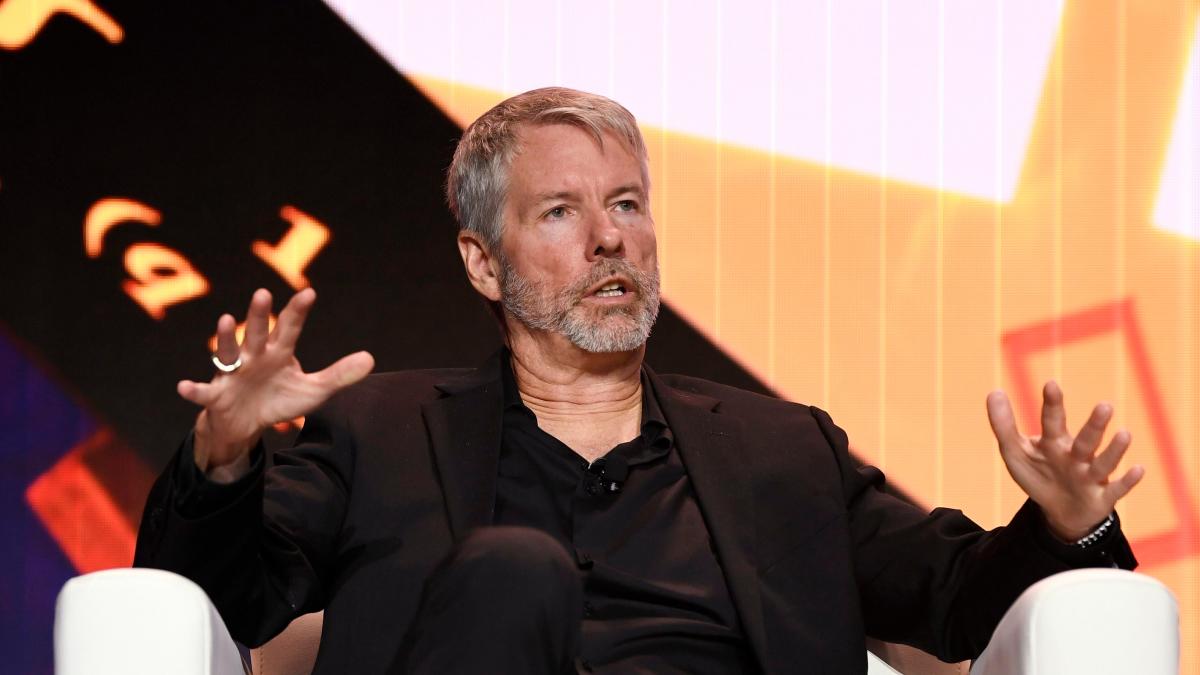September ended with a bang for CD shoppers: You can once again earn a record 6.00% APY on a nationally available certificate. While a CD at that historic rate had been available for a couple of weeks from late August to mid-September, the leading rate had since retreated to 5.80% APY.
While today’s 6.00% offer is a new rate, it comes from a familiar name. Since Sept. 19, Credit Human had been paying 5.80% APY on a take-your-pick term of 12 to 17 months. The Texas-based credit union upped the rate today on that same certificate to 6.00% APY.
Key Takeaways
- The highest rate in our daily ranking of the best CDs climbed to 6.00% APY today, available on a flexible term of 12 to 17 months.
- The leading rate for a nationally available 3-year CD also climbed, rising to 5.25% APY.
- The number of nationwide CDs paying 5.65% APY or higher increased by one today to 23, up from 16 two weeks ago.
- The Fed announced last week that it is holding rates steady for now, after its most recent rate increase in July. But a possible Fed rate hike in November or December is still on the table.
Below you’ll find featured rates available from our partners, followed by details from our complete ranking of the best CDs available nationwide.
CDs paying the elite benchmark rate of at least 5.65% added another member to the club today, now totaling 23. Just two weeks ago, the count was 16, indicating that many banks and credit unions have continued to nudge their CD rates higher. The range of terms for CDs paying this benchmark rate is 3 to 17 months.
If you’re looking to lock in a great rate for a longer term, you might like the new leader of our 3-year CD ranking. The crown in that term now belongs to Jovia Financial Credit Union, which today unveiled a 5.25% APY rate on a 40-month CD. You can also earn 5.25% APY from yesterday’s new 4-year leader, Wellby Financial.
Note that jumbo CDs don’t always pay a higher return than standard certificates. Sometimes you can do just as well—or better—with a standard CD. That’s currently the case in six of the eight terms above, so it’s smart to shop both certificate types before making a final decision.
How High Will CD Rates Go This Year?
The Federal Reserve has been aggressively combating decades-high inflation since March of last year, raising the federal funds rate with fast and furious hikes in 2022 and then more moderate increases in 2023. With its most recent hike on July 26, the Fed has implemented 11 increases in 13 meetings, for a cumulative increase of 5.25%. This has created record rate conditions for CD shoppers, as well as for anyone holding cash in a high-yield savings or money market account.
On Sept. 20, the Fed announced a rate hold, maintaining the central bank’s benchmark rate at its highest level since 2001. But in his post-announcement press conference, Fed Chairman Jerome Powell made it clear that holding rates is simply about pausing to see how much impact previous hikes will continue to have and allowing more economic data to come in for the Fed’s consideration. He indicated the September hold should not be interpreted as a signal that the Fed’s rate-hike campaign is necessarily over.
“We’re prepared to raise rates further if appropriate,” Powell said.
Last week’s meeting also included a quarterly release of the Fed’s “Summary of Economic Projections,” which includes a “dot plot” graph indicating where each Fed member believes the fed funds rate will be at the end of coming years. The current dot plot shows that almost two-thirds of the Fed’s committee members (12 out of 19) believe one additional rate increase will be necessary this year. The remaining seven members envision the benchmark rate holding steady through 2023.
As for 2024, the dot plot shows that 13 of the 19 committee members anticipate one or more rate cuts next calendar year, with a median expected decrease of 0.50%. But that’s a change from June’s dot plot, which anticipated a more significant drop-off for 2024 rates. This indicates Fed members currently believe rates will have to stay elevated longer than previously anticipated.
For now, we know another potential increase from the Fed would certainly nudge CD rates a bit higher than their already record levels. But until then, markets and CD shoppers will be left to guess whether last week’s hold is temporary or permanent. Once the end of the Fed’s campaign finally appears to be in sight, that will be the sign that CD rates have reached a peak.
Note that the “top rates” quoted here are the highest nationally available rates Investopedia has identified in its daily rate research on hundreds of banks and credit unions. This is much different than the national average, which includes all banks offering a CD with that term, including many large banks that pay a pittance in interest. Thus, the national averages are always quite low, while the top rates you can unearth by shopping around are often five, 10, or even 15 times higher.
Rate Collection Methodology Disclosure
Every business day, Investopedia tracks the rate data of more than 200 banks and credit unions that offer CDs to customers nationwide and determines daily rankings of the top-paying certificates in every major term. To qualify for our lists, the institution must be federally insured (FDIC for banks, NCUA for credit unions), and the CD’s minimum initial deposit must not exceed $25,000.
Banks must be available in at least 40 states. And while some credit unions require you to donate to a specific charity or association to become a member if you don’t meet other eligibility criteria (e.g., you don’t live in a certain area or work in a certain kind of job), we exclude credit unions whose donation requirement is $40 or more. For more about how we choose the best rates, read our full methodology.
Investopedia / Alice Morgan & Sabrina Jiang

:max_bytes(150000):strip_icc()/0929v2-6392990d47ee4b7897a5c6024eea6860.png)





